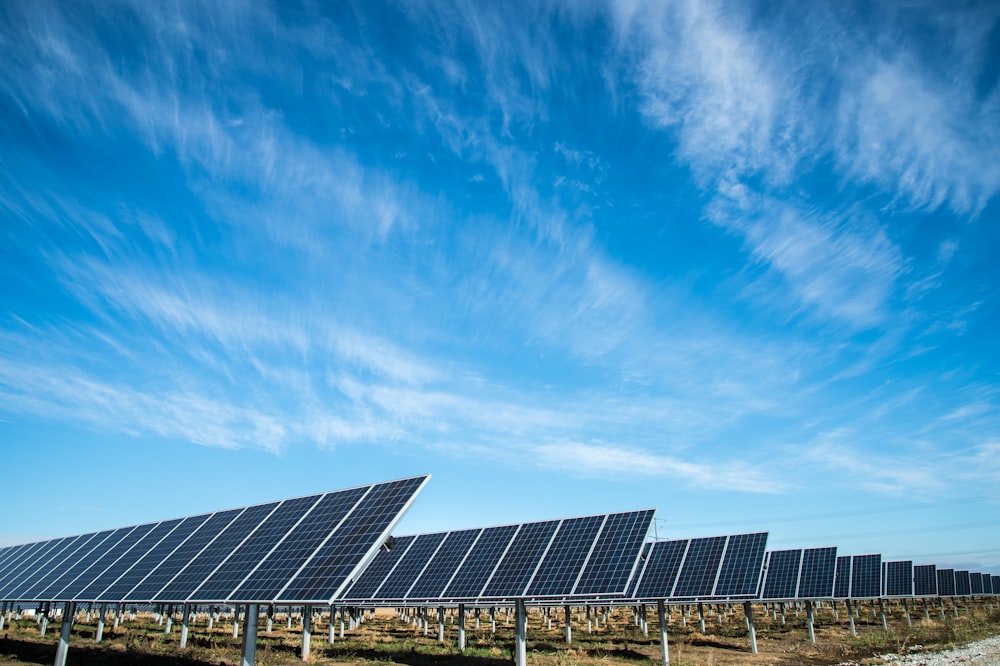The Invisible Artist
How Lasers Sculpt Polymer Membranes for Tomorrow's Tech
Article Navigation
Introduction: The Silent Revolution in Membrane Engineering
Imagine a world where medical tests run on paper-thin devices, clean water filters self-assemble at a microscopic level, and flexible electronics weave seamlessly into clothing. This isn't science fiction—it's the reality being unlocked by laser patterning of polymer membranes.
By harnessing focused light, scientists transform everyday plastics into precision-engineered materials with extraordinary capabilities. From rapid COVID tests to futuristic "organs-on-chips," this invisible sculpting technique is redefining manufacturing at the microscale 1 4 .
Key Insight
Laser patterning enables sub-micron precision in polymer membranes, opening doors to applications from medicine to clean energy.
The Science Behind the Beam
Photons Meet Polymers: A Dance of Energy
When lasers strike polymer surfaces, two fundamental mechanisms reshape matter:
Photothermal Effects
Infrared lasers (wavelengths >390 nm) heat polymers locally, vibrating atoms until bonds break. This "molecular forge" vaporizes material or cross-links chains, creating porous structures. For example, CO₂ lasers (10.6 μm) convert polyimide into conductive graphene foam in seconds—a process called laser-induced graphene (LIG) formation 1 .
Photochemical Effects
Ultraviolet lasers (<390 nm) pack enough energy to shatter chemical bonds directly. Like microscopic scissors, they cleave molecules without significant heat, enabling sub-micron precision. This is ideal for delicate tasks like pore-drilling in biomedical membranes 1 .
Table 1: How Laser Wavelength Dictates Polymer Transformation
| Laser Type | Wavelength | Primary Effect | Resulting Structure |
|---|---|---|---|
| CO₂ | 10.6 μm | Photothermal | Porous graphene (LIG) |
| UV Diode | 405 nm | Photochemical | Hydrophobic microbarriers |
| Femtosecond | 355 nm | Hybrid | Micropores (<2 μm) |
Beyond Ablation: The Art of Functionalization
Lasers don't just remove material—they chemically remodel surfaces. A UV-patterned nitrocellulose membrane, pre-soaked with photopolymer DeSolite 3471‐3-14, becomes water-resistant where irradiated. Washed in toluene, unpolymerized regions dissolve, leaving hydrophobic "walls" that define microfluidic channels. This technique achieves barrier widths of just 60 μm—smaller than a human hair 4 .
Spotlight Experiment: Painting with Light on Polymer Canvases
The Color Breakthrough
Conventional laser patterning limits polymers to black/white marks. But in 2023, researchers shattered this monochrome barrier using interfacial thermal transfer. Their experiment:
Step 1: The Responsive Canvas
A carbon nanotube (CNT)-polyvinylidene fluoride composite substrate was prepared. CNTs absorb near-infrared laser light, converting it to heat with 95% efficiency 2 .
Step 2: The Inkless Transfer
Polyvinyl alcohol (PVA) film pressed against the substrate was irradiated through a patterned mask. Heat transferred at the interface carbonized the PVA surface, creating designs without doping the polymer itself.
Step 3: Chromatic Innovation
Adding iron oxide pigments (red, blue, green) to the substrate produced vibrant hues. As heat surged, pigments migrated into PVA, yielding durable, full-color patterns resistant to washing.
Table 2: How Pigment Choice Transforms Laser Art
| Pigment | Chemical Base | Color Fastness | Laser Power Required |
|---|---|---|---|
| Iron Oxide | Fe₂O₃ | High | 3.5 W |
| Cobalt Blue | CoAl₂O₄ | Medium | 4.0 W |
| Chromium Green | Cr₂O₃ | High | 4.2 W |
Results & Impact
- Achieved 10× narrower lines (5 μm) vs. wax printing
- Enabled transparent electronics by avoiding bulk doping
- Opened paths for anti-counterfeiting tags and wearable sensors 2
The Scientist's Toolkit: Essential Reagents for Laser Alchemy
| Material | Function | Example Use Case |
|---|---|---|
| Polyimide Films | High-temp LIG precursor | Flexible supercapacitor electrodes |
| DeSolite® 3471‐3-14 | Photopolymer for UV patterning | Microfluidic channel barriers |
| Multi-walled Carbon Nanotubes | Photothermal conversion agents | Colorful surface patterning |
| PVA (Polyvinyl Alcohol) | Water-soluble sacrificial layer | Biocompatible sensor substrates |
| Perfluorinated Polymers | Gas-selective membrane base | CO₂ capture membranes |
Real-World Magic: Where Patterned Membranes Change Lives

Diagnostics at Your Fingertips
COVID-19 lateral flow tests rely on nitrocellulose membranes patterned with protein-binding zones. Laser-direct writing accelerates production 100-fold vs. inkjet printing, creating 100 μm-wide channels that guide samples to detection sites with zero leakage 4 .

Organs-on-Chips: Breathing Life into Labs
Femtosecond lasers drilled 2 μm pores into poly(l-lactic acid) membranes, mimicking human basement membranes. Sandwiched in PDMS chips, these support living cell layers for drug testing. Human umbilical vein cells survived >2 weeks on such scaffolds, revolutionizing toxicity trials 5 .

The Green Tech Connection
Extrinsically microporous polymer membranes (EMPMs), laser-treated at 500°C, achieve 12,000 Barrer CO₂ permeability—200× higher than cellulose acetate. Integrated into hollow fibers, they capture carbon at industrial scales with 30% less energy than thermal processes 7 .
Future Frontiers: Where Light Will Lead Us Next
Multi-Material Integration
Combining LIG with silver nanoparticles could yield membranes that simultaneously filter water and generate electricity from flow friction 1 .
AI-Driven Laser Orchestration
Adaptive algorithms may soon adjust laser parameters in real-time, compensating for polymer inhomogeneities to achieve atomic-scale precision 6 .
Sustainable Feedstocks
Researchers are testing lignin-based biopolymers to replace petroleum-derived membranes, reducing the carbon footprint of patterning 2 .
"Laser patterning turns passive polymers into active systems—a silent revolution where light writes functionality at the speed of thought."
Conclusion: The Unseen Hand of Light
From vivid security tags to life-saving microchips, laser-patterned membranes prove that the smallest manipulations yield the grandest impacts. As lasers shrink to chip-scale and polymers evolve toward bio-intelligence, this fusion of light and matter will quietly underpin tomorrow's sustainable, connected, and healthier world—one precise pulse at a time.